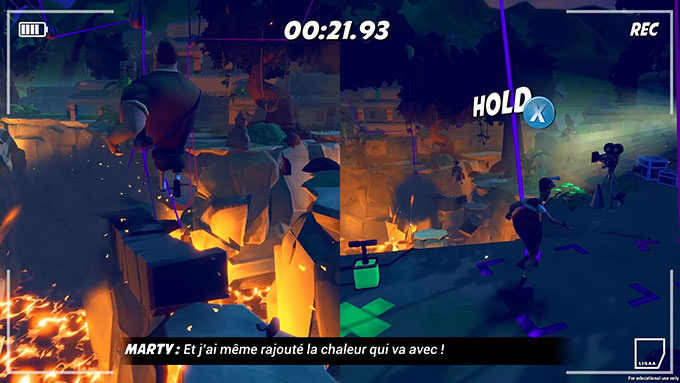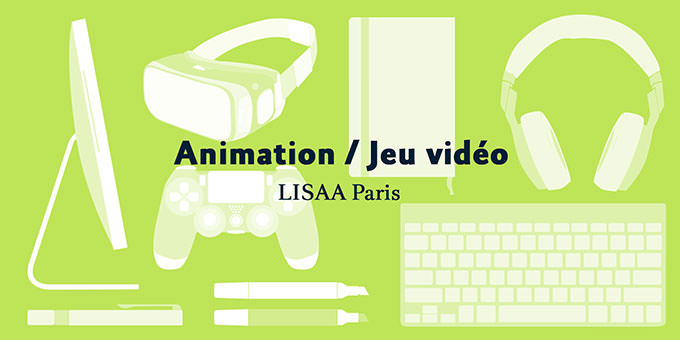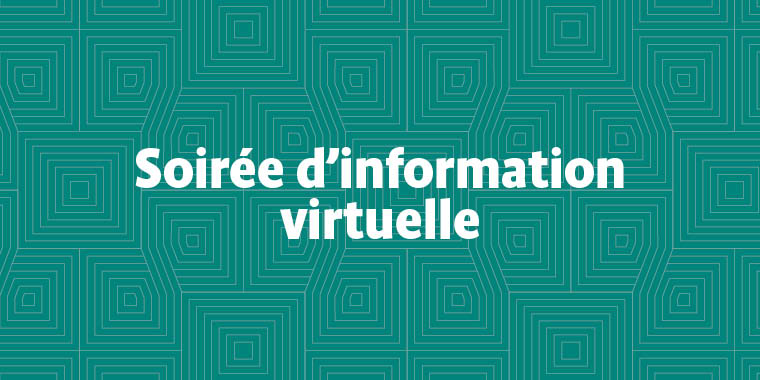A new master's degree for a career in a lead position in video games
For the autumn term of 2018, LISAA is launching a new video games master’s course: Game Art & Game Design. Discover the aims of this course, which is oriented towards lead positions in video game studios.

WHAT IS THE AIM OF THIS VIDEO GAMES MASTER’S COURSE?
This new master’s training has several aims. Firstly, it gives pride of place to professional integration through work placements.
The three-year bachelor's degree in video games is an intense course: students absorb a great deal of technical knowledge and work on long-term projects. As such, they are not able to undertake a work placement before the summer.
By contrast, the master's degree is a real stepping-stone towards a professional work placement. Video games studios seek trainees for at least six months, usually from around the beginning of the calendar year (February-April). The master’s teaching team has set up a first year that takes this constraint into account. Our students are available from March to September and have six or seven full months during the school period. The pace of the Master’s is therefore structured around industry requirements.
Regular meetings throughout the course allow for a smoother transition into the professional world
Colin Waurzyniak, Director of Studies, Game Art & Game Design master’s
At the end of the second year, the students are again available to undertake a six-month work placement after graduation. They can therefore accumulate one year of work placements over a period of two and a half years.
WHAT ARE THE OTHER TWO AIMS?
The second aim is to enable students to develop technical and artistic skills. They will work on the Unreal Engine, which they have already been introduced to on the bachelor’s course. Specific classes are dedicated to more specialised 3-D production: lighting, kinematics, shading-texturing on Substance, set-up of animation rigs, etc.
The teaching team is aware that professions in this field are becoming more technical and that it is necessary to further the skills acquired on the bachelor’s course to reach the required level in the industry.
Finally, LISAA wishes to give students a foundation in management, to teach them to determine the scope of a project, manage schedules, to work in a team, and so forth. The team develops a production management programme over the two years of the curriculum. This trains students who will apply for lead positions, halfway between management and production.
In the second year, an additional foundation on the setting up of a company, and financing and monetization of games will enable them to promote a project. Modules are also dedicated to meeting creative directors, artistic directors and production managers, creating a veritable springboard for their future professional experiences.
HOW DOES LISAA SUPPORT ITS STUDENTS?
LISAA supports students in their professional integration. They will have to undertake technical exercises in order to create their demo reels and demonstrate their skills. The school coaches them for interviews and presentations, particularly via meetings which take place in January with professionals, who will review their demo reels, during what will one day become a pre-employment forum.
This is a real partnership over two years that LISAA will put in place with professionals.
HOW IS THE COURSE STRUCTURED?
The first year is in two phases. Firstly, modules provide students with skills related to their professional project. These consist of exercises that feed into the making of their demo reel. Alongside this, students have the opportunity to create a Game Proposal for the group project, which will be submitted at the same time as their demo reel to a professional judging panel. A rapid prototyping phase then allows the preliminary projects presented to be experimented with, while the student begins their search for a work placement.
Then the six-month work placement period takes place, during which students continue their work on their games projects.
In the second year, alongside modules focusing on technique, students prepare for the project pitch and give form to their concepts and prototypes before submitting them to a professional advisory judging panel, which will give the go-ahead for the pre-production one of the concepts. The judging panel returns in January to validate the production launch.
The completion of the students’ games projects and their professional project is much more centred on the reality of the market, of the video games business.
Colin Waurzyniak, Director of Studies
The project is completed through publication on dematerialised platforms (Steam, iTunes, Google Playstore), prior to the final presentation. After graduating from the master’s course in June, students are again available for a pre-employment internship.
For those who so wish, there will be the opportunity to be coached in order to bring their game project to Paris Games Week as an independent studio, as part of Game Connection, to seek funding and meet professionals.
IN SUMMARY?
The Game Art & Game Design master’s is a direct stepping stone to the creative technical and management professions of the video games sector.
Learning advanced graphic arts technologies, production management and the development of a professional-level gaming project, these two years will enable you to give body to your ambitions in the world of the video game industry.


